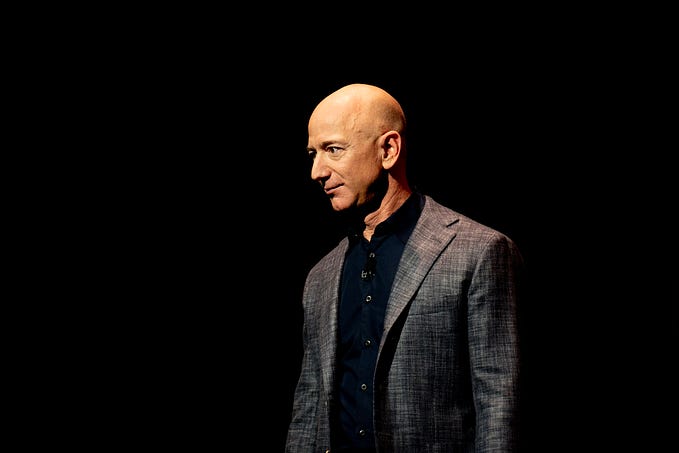Member-only story
Uber and Lyft’s California Proposal Is a Mishmash of Old Ideas for Fixing the Gig Economy
The past is our best guide for understanding the future of ride-hailing apps

Uber and Lyft are at war with the state of California after a judge ruled last month that ride-hailing companies, like other businesses, should be subject to a new law that classifies their workers as employees rather than independent contractors.
Instead of complying with the ruling, which would fundamentally change how the companies operate and make its workers eligible for protections and benefits, Uber and Lyft have floated the idea of becoming franchises and have also threatened to shut down completely. Their preference, though, is that a compromise of sorts be instated by a California ballot initiative called Proposition 22: They want to keep their workers categorized as independent contractors but provide them with a handful of benefits.
Uber and Lyft say they’ve created a new type of work that deserves new rules. Their opponents say that what these companies have created is an app for an old type of work — employment — and that they only want new rules because it is less expensive than following the existing rules, which guarantee employees protections like minimum wage, overtime, and the right to form a union.











